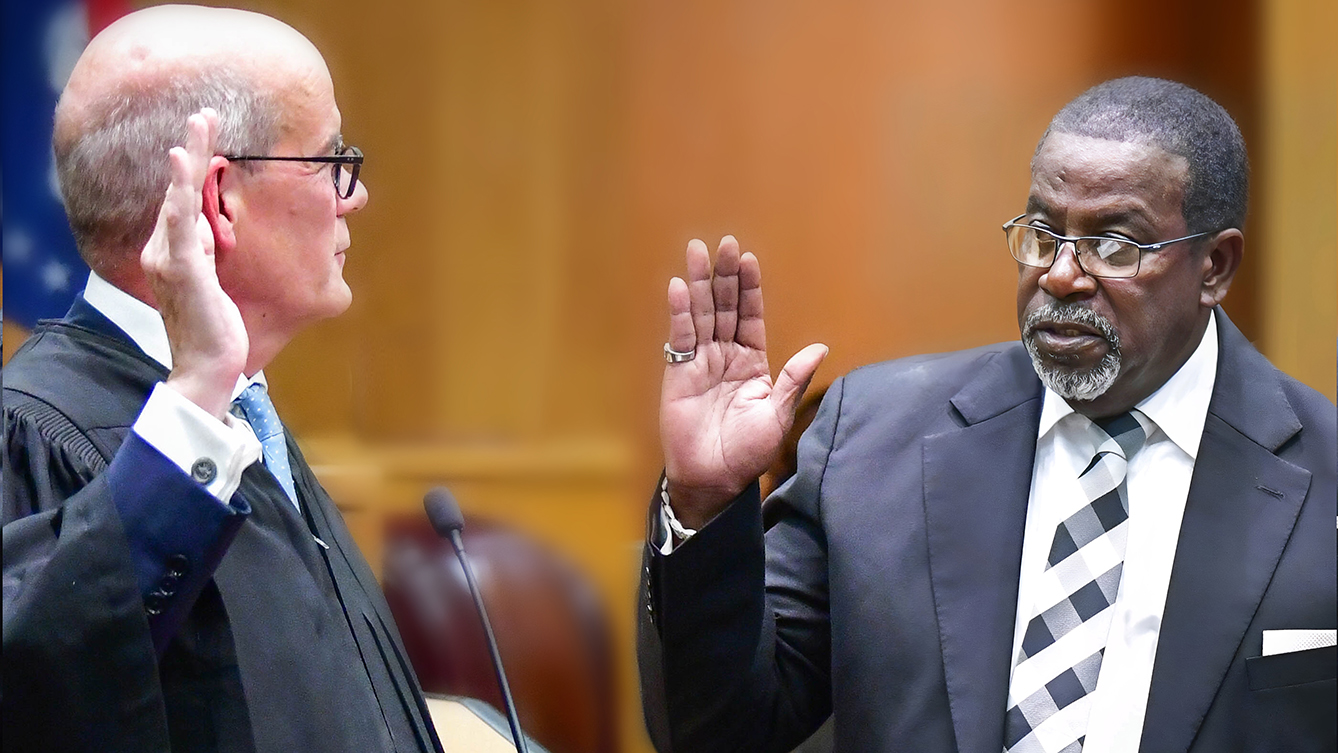National health crisis is local, too
Published 9:16 pm Tuesday, July 18, 2017
There’s a troubling trend in Lincoln County. The number of prescriptions for painkillers filled in the county last year was greater than the population.
In 2016, the estimated population of Lincoln County was 34,523. In that same year, there were 40,732 prescriptions filled for opioids.
“That’s a really good barometer of just how big the problem is,” John Dowdy, director of the Mississippi Bureau of Narcotics, said.
For some perspective, Hinds County had just under 200,000 prescriptions filled in a population of 245,000.
We hear about the opioid crisis all the time, but it feels like a problem for other people in other places. We don’t see photographs of overdosed Lincoln County parents slouched in their vehicle’s seats with a child in the car. Those photos are always of people someplace else where opioids are a real problem. That’s what we tell ourselves at least.
But the problem is here.
Dowdy said most people who are addicted to opioids probably start with a legal prescription. But they’re highly addictive, which can lead to a problem for the user. Use can turn to abuse.
“The addiction of opioids is no different than crack cocaine,” he said.
So what can be done about what is obviously a national crisis? Dowdy suggests that doctors and pharmacists use the Mississippi Prescription Monitoring Program, which is a statewide electronic database which collects designated data on substances dispensed in the state.
It can help doctors and pharmacists know if someone is potentially an abuser. Doctors will also have to change the way painkillers are prescribed, and many already have.
Fighting this health crisis will also take investment at the local, state and federal levels. It won’t be cheap, but not doing something isn’t acceptable.





